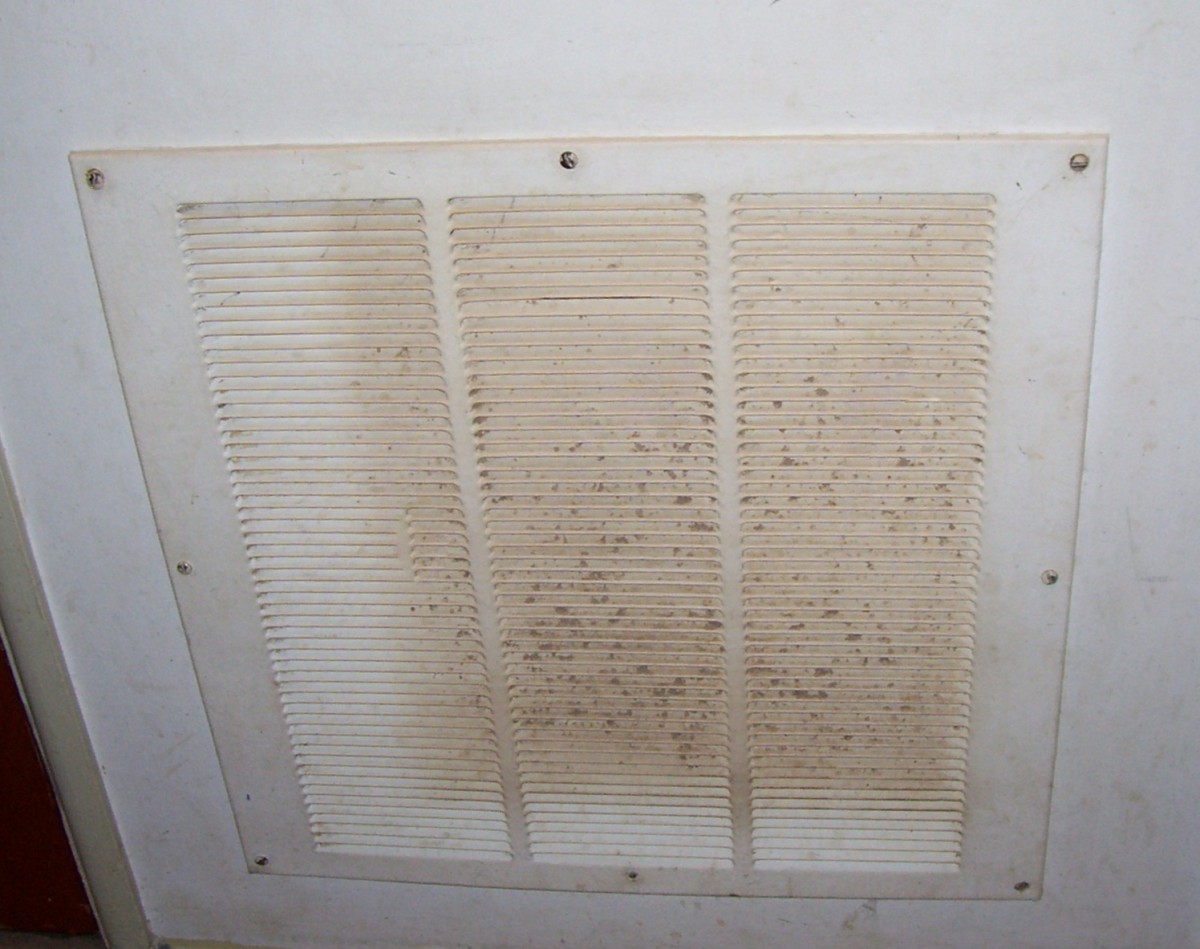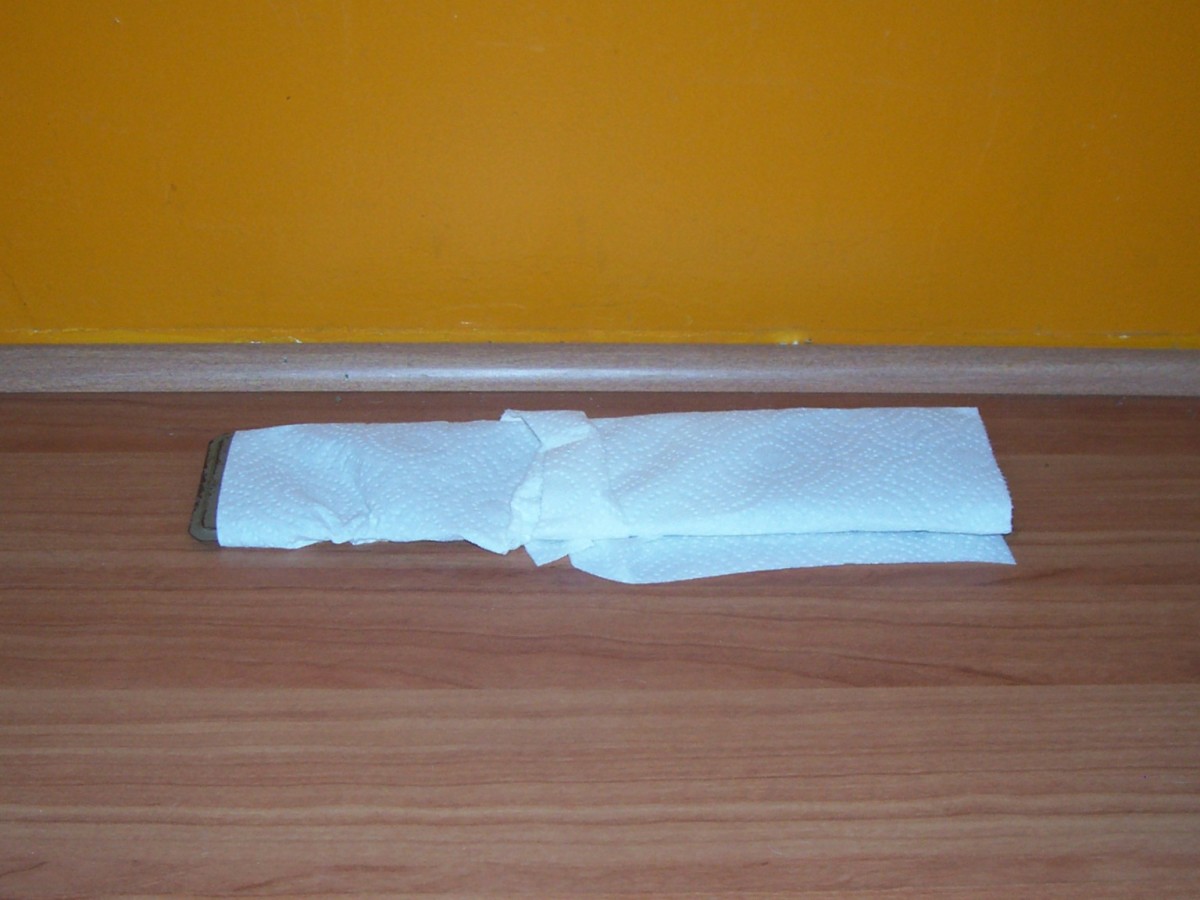There are many reasons to clean the air ducts in your house. When ducts are tidy, the heating unit lasts longer (since there is less dirt breaking its components), we dust less often, and the air we breathe in your home is cleaner. For those people with allergies, this should be a welcome improvement.
Most likely you do not own a high-powered, truck-mounted vacuum system with 150 foot-hoses; possibly you can't afford the expense of such service. However I am going to inform you how you can clean air ducts yourself. Sure, you will not have the ability to reach every nook and cranny, but you can still eliminate approximately 85% of the dust in your system without investing anymore than the cost of your new heater filter.
There are several designs of duct systems, such as attic systems and underground systems, however the theory of cleaning up these systems is the exact same. You may not have the ability to gain access to all parts of these systems (for example, underground ducts), but you can make a distinction in your air quality by cleaning up the parts of the system that you can reach.
Before we begin, check out this video of what among those high-powered, truck-mounted vacuum systems looks like at work on a pretty neglected duct system.
2. Switch on fan. You want the fan running while you are cleaning, to move the dust along that you are going to loosen up with your banging and brushing. Set the thermostat to "fan on," and shut down the "heat/cool" mode so that only the fan is running. If you don't have a fan-only alternative, you can run the heat, or you may take this opportunity to install a more recent thermostat with this valuable option.
3. Check filter. Make certain your old heating system filter is in location, so that the dust you knock loose does not end up getting pulled into the fan motor.
4. Loosen dust in ducts. Knock loose any accumulation of dust in the duct. Simply take the handle of your brush and start tapping on any accessible duct work you have in the basement. This will assist break up any deposits of dampened dust that may have adhered to the within the duct.
5. Clean supply signs up. Now you can begin sweeping out the dust in your supply registers. With the vacuum running and completion of the hose pipe near the register, lift the register. Utilize the hose pipe to catch any dust that is being pressed out by the fan, and proceed to sweep as far into the register's piping as your hose can reach. Utilize your brush to scuff loose any developed up dust in the register.

As you go through your house purging the supply signs up, you can remove and get rid of the paper towels you have actually put in place. 6. Tidy return air signs up. Sweep out your return air signs up. These will likely be secured with a screw and require your tool to eliminate them. Again, brush and sweep as far back into the register piping or cavity as you can. 7. Shut off fan and heater. Shut the fan off at the thermostat and the power off to the heating system via the service switch or breaker panel. Do not simply turned off the thermostat, because that does not turn off the power to the system.
8. Tidy out blower compartment and return air boot. With the power off, you can remove the panels on the front of the heater and access the blower compartment and the return air boot. Use your vacuum to sweep up the dust developed in the blower compartment and return air boot. This is where the fantastic bulk of your dust will be. Since you remain in here, you ought to clean up the heating system fan as well.

Have an appearance at the comprehensive article (with images) I air duct cleaning service wrote, How to Clean a Heater Fan for a guide on doing this. 9. Change furnace filter. Purchasing a better filter will absolutely reduce the dust in your house. However the better the filter, the more frequently you must change it; an unclean filter restricts the air flow to the fan, which results in the blower motor running hotter and reducing its life expectancy. How often you need to change your filter depends upon your home, your pets, and your place.